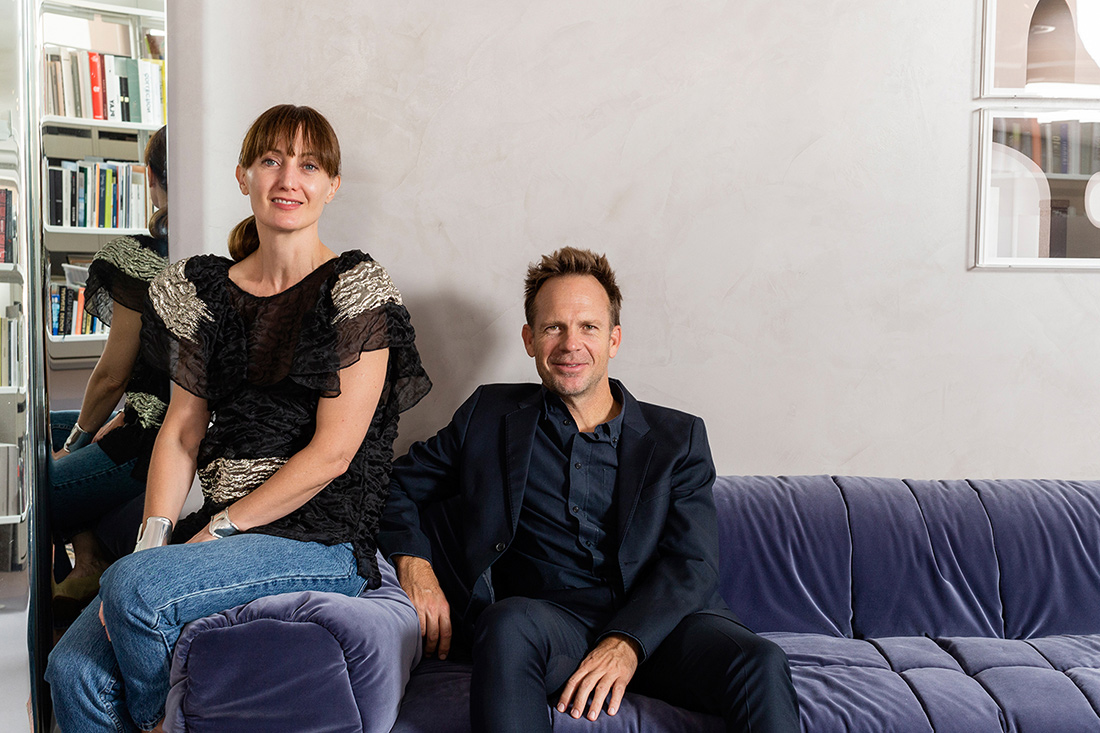
Kirsten Stanisich and Jonathan Richards
-
13 August 2020
To position today’s design innovations within the longer-term trajectories that shape our region, look no further than the INDE.Awards Luminaries. Every year, Indesign Media Asia Pacific editors and the team behind the INDE.Awards select four icons of design and architecture in the Indo-Pacific region – people who have had a lasting impact, and who continue to contribute tirelessly to the constant evolution of our industry.
The Luminaries of 2020 were selected well before the full impact of COVID-19 became apparent, but even when viewed through that lens, their career-long portfolios offer plentiful lessons in the development of approaches to design that really matter today, more than ever: fostering sustainability, targeting cultural benefits, supporting the social and economic ecosystems of their places in the world, and being ever mindful of wellbeing.
“We are all facing a challenging future,” says Jules Di Bartolomeo, Managing Director of category partner Verosol Australia Asia Pacific – a leading supplier of metallised fabric and pleated blinds. Verosol strives to lead the market in interior solar shading fabrics and blinds, and has always admired how industry-leading firms have constantly raised the bar on sustainability, innovation and design.

(L) Shangwei Urban Village Exhibition and Community Center, IDU and The University of Hong Kong’s Urban Ecologies Design Lab
Hong Kong (R) Juan Du
Di Bartolomeo continues, “As the world continues to heat and populations continue to swell and age, architecture and design have an important role to play in taking us from the world of today and into the world of tomorrow. Innovation and greatness have never been more important, and we are excited to see so many people and practices rising to the challenge,” he adds.
The work of Luminary Juan Du epitomises how research and innovation can positively address the social challenges of rapid urbanisation and density in the Pearl River Delta. Through her architecture studio IDU and her academic position at the University of Hong Kong, she has deeply investigated the soon-to-be forgotten urban villages of Shenzhen and the problematic modes of living in Hong Kong’s infamous ‘cage homes’.
She explains, “From design and construction to research and writing, I strive to present and impact the built environment with nuances, complexity and humanity, in order to contribute to better understandings of our cities that transcend disciplinary divides, cultural differences and nationalistic boundaries.”

(L) Hemera, Ross Gardam (R) Ross Gardam
In Melbourne, Luminary Ross Gardam consciously focuses on the local manufacture of objects of rigour and refinement, pursuing a thoroughly unique Australian design perspective and bringing that to the world. “There is so much noise in our world,” he says. “Perhaps slowing down and re-engaging with simple human rituals can be seen as progressive.”
“The future holds a number of new challenges we are yet to fully interpret,” says Gardam. “I am confident we will rise to the challenge. We will see people being more disciplined and focused on how we use resources and our attitude to consumption will shift. Good design has a big part to play in this.”
For Luminary Andra Matin, practice in Indonesia has necessarily involved considerable emphasis on the emergence of a place-specific and climate-specific breed of contemporary Indonesian architecture. It has been a long time coming, as Matin reflects: “Now that small firms – including mine – have been entrusted with designing public buildings, we are heading to an era where the landscape of Indonesian public architecture has local characteristics combined with modern design principles.”

(L) AM Residence, Andramatin (R) Andra Matin
He adds, “If designers and architects continue to draw from our diverse shared heritage, our country will definitely be able to establish its own design identity. Of course, this must be coupled with an awareness of the environmental impact of our design practices, as well as the commitment to use land wisely.”
In Sydney, Jonathan Richards and Kirsten Stanisich lead a practice focused on the creation of spaces that align with the human requirement for wellbeing. To this end, they keenly explore natural materials, textures, spatial volumes, context and detail. But they are also conscious of alternative viewpoints on aspects of Australia’s history.
They explain, “We have been challenged by the globalisation of design ideas over the past ten years and because of this we are very interested in our projects responding to more than just the visual. We acknowledge the need to strengthen our approach to the issues we see as incredibly important, such as indigenous engagement and the recognition of first peoples. We are also interested in exploring ideas in this post-industrialised climate that will enable good design to be accessible without the consequences of destroying our natural environment.”

(L) A Private Home, Richards Stanisich (R) Kirsten Stanisich & Jonathan Richards
Leading the design conversation with the example of their own practices, the INDE.Awards Luminaries of 2020 are an inspirational group offering the leading light that the region and the world needs.
“Our region, home to populous countries and extreme weather conditions, has an important role to play on the industry’s global stage, and we are so pleased to support a category that recognises those who are leading the conversations we need to be having and have been doing so throughout their illustrious careers,” says Di Bartolomeo.
There will be two winners in this category, decided by the Jury and by people’s choice vote.Who will win INDE.Gold? Join us and the region’s top winners at the free INDE.Awards 2020 Digital Gala this August 13. Register here.
#indeawards
